Nooroo: a gem at Mt Wilson in NSW’s Blue Mountains
More than a century of love, energy and money has gone into this historic garden in NSW’s Blue Mountains - and it shows.
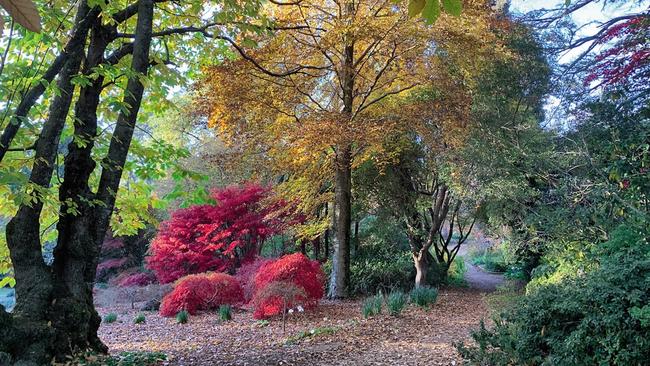
It takes someone special to buy a historic garden and make it their own. Since Tony and Lorraine Barrett bought Nooroo at Mt Wilson, in the Blue Mountains west of Sydney, nearly 30 years ago they have been pouring love, energy and money into the 4.5ha property.
Before that, Nooroo was owned for 75 years by three generations of the Valder family – all botanists or horticulturists. The last was eminent botanist and writer Peter Valder, who assembled the famous collection of wisterias on the former tennis court. Magnificent trees, some dating to the garden’s beginnings in the 1880s, form the framework for plantings of massed rhododendrons and azaleas, carpets of bulbs, sweeping lawns, a formal rose garden and collections of unusual plants.
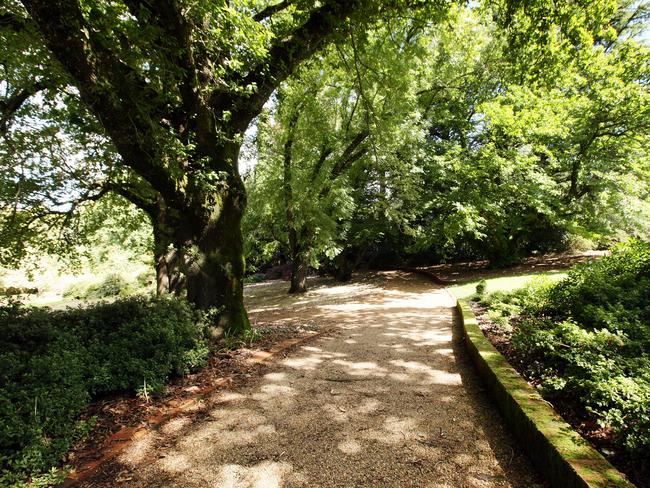
Overwhelmingly, it’s a garden of great beauty and tranquillity. According to Lorraine, Valder used to say that people arrive apart but go out together, holding hands. “It’s a bit romantic,” she says.
The Barretts are the ideal custodians, having visited the cool climate garden many times before they saw it was for sale in 1992. Both now-retired medicos who admit to being in their seventies, they joke they simply swapped one job for another. “We’re now labourers,” laughs Lorraine. “But they’re both caring jobs,” Tony adds.
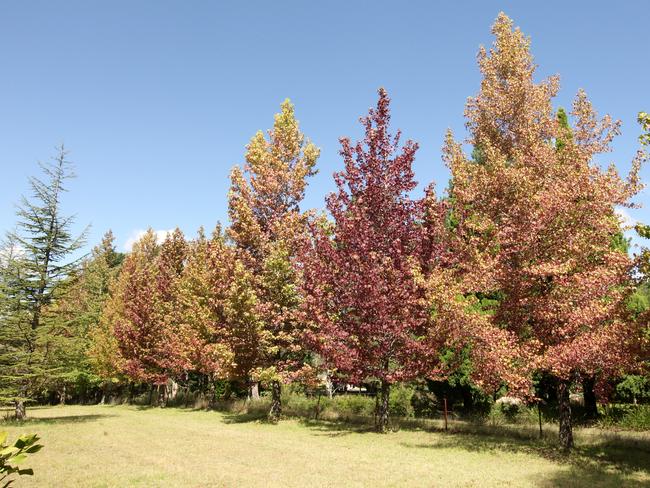
While striving to preserve the integrity of the original garden, they’ve added to the richness of the plantings and are developing some new areas. Under the stately trees – oaks, chestnuts, ginkgos, maples, ash and copper beech that produce glorious autumn colours – they’ve planted carpets of autumn flowering cyclamens and more spring bulbs. Pink nerines are flowering now, along with dahlias, colchicums, Japanese anemones and white Hydrangea paniculata; white nerines bloom late April into May when the autumn leaf colour is peaking.
The Barretts have worked to extend the flowering seasons with more roses, peonies, bulbs, irises, viburnums and hydrangeas, especially the new Japanese varieties. The collection of weeping maples has been greatly expanded, along with more flowering trees such as crabapples, magnolias and dogwoods. “We’re always on the lookout for something different,” says Tony. They also propagate some of the garden’s rare species to preserve them into the future.
“Old gardens are the hardest to look after,” says Tony. “The trees are wonderful but they create shade issues and we have arborists in twice a year to remove dead wood and lift canopies.” Fortunately, the garden has never been touched by bushfires in its 140 years but storms can wreak havoc.
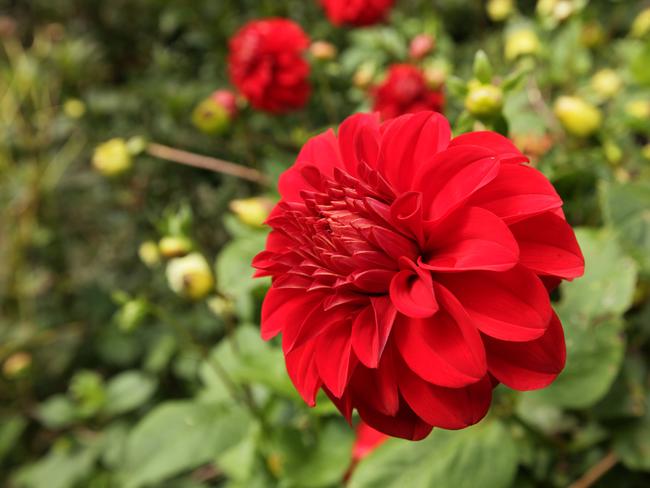
Tony’s responsibilities include the lawns, all planting and pruning the wisterias, but he weeds and prunes anything just as happily. He says Lorraine is the “grand foreperson”, taking the lead on planting design, weeding, and pruning of roses and hydrangeas “like a dervish”. They both work in the garden every day.
Their enthusiasm as they share their garden is infectious, pointing out treasures and telling the stories of favourite plants as if they – the plants – were children. Although they have four adult children of their own, there’s no dynastic succession planned so far. “Old gardeners live forever – we hope to have at least 40 years here,” says Lorraine.
Nooroo is open 10am-4pm daily until June 14, and again in spring. Dogs on leashes and picnickers welcome. Note: Mt Wilson has no shops, ATMs or petrol. More at nooroomtwilson.com.au.
Q&A
Trees loaded with fairy lights are beautiful to look at but does the light disturb nocturnal animals or the tree’s light-regulated rhythms? Anne Bulloch, Brisbane
All night lighting affects nocturnal animals and insects to some degree. The duration, colour or wavelength, intensity and heat given off by artificial lights are variable factors. Many plants are sensitive to light, tracking the length of night and day with photoreceptors, which can affect their seasonal processes such as flowering, leaf fall and bud burst. Trees grown with continuous lighting can have larger and softer, less resilient leaves. More at cescos.fau.edu/observatory/lightpol-plants.html.
How do I know if I am under- or over-watering my indoor cactus? They seem to grow well and then suddenly shrivel and die. Linda Nathaniel, Sydney
It’s very easy to overwater cactus and difficult to underwater these water misers. Sudden collapse indicates root rot. Never let water sit in saucers and only water them if they feel completely dry. The weight of the pot is a good guide once you’re used to it.
We have a lot of white moths in our murraya and star jasmine. We presume they are laying eggs that will hatch into grubs. Any thoughts? Tori Hamilton, by email
Moths will lay eggs that hatch to caterpillars but murrayas and star jasmine rarely show signs of caterpillar damage. They might be whiteflies, tiny moth-like flies that fly up in clouds when disturbed. They suck sap, as do leafhoppers or planthoppers, which are pale and wedge-shaped. Use sticky yellow traps, horticultural soap such as Natrasoap, or Eco-Neem.
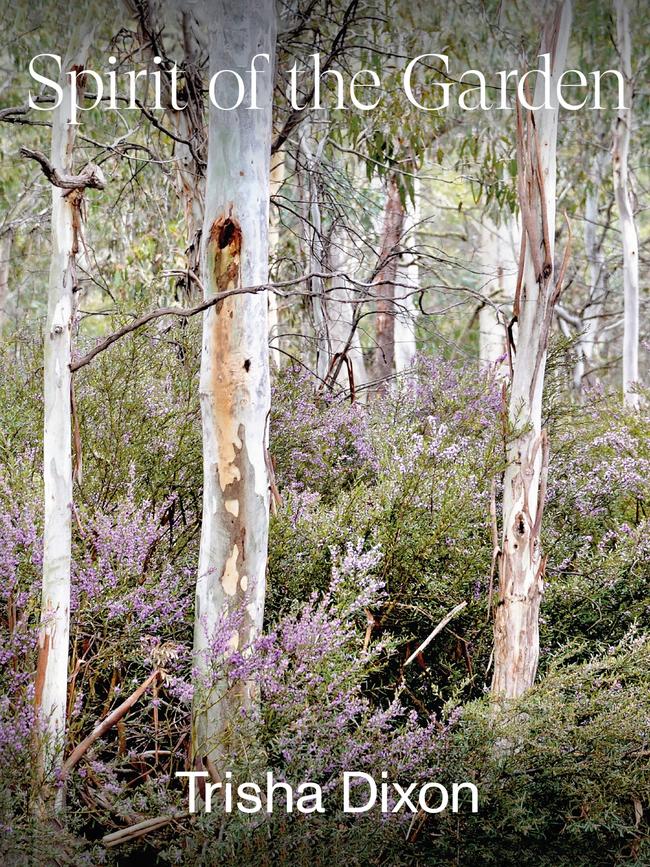
Send questions to: helenyoungtwig@gmail.com or Helen Young, PO Box 3098, Willoughby North, NSW 2068. Website: helenyoung.com.au. The best question for April wins two signed copies of Trisha Dixon’s new book Spirit of the Garden (NLA Publishing, $65), which explores the relationship between ourselves, our gardens and the natural landscape.




To join the conversation, please log in. Don't have an account? Register
Join the conversation, you are commenting as Logout